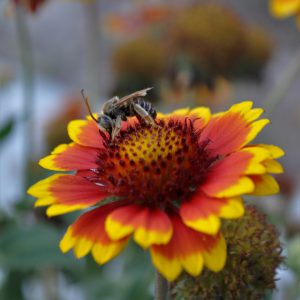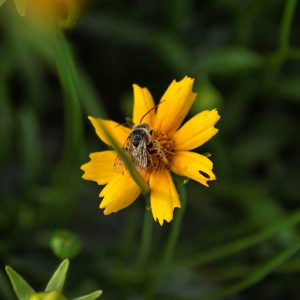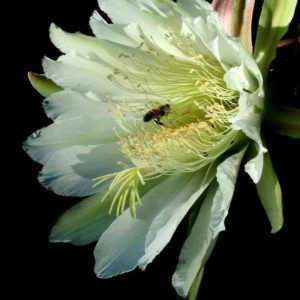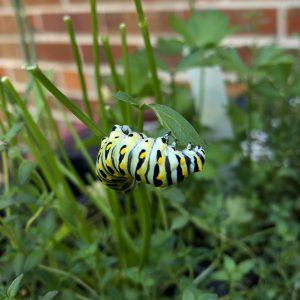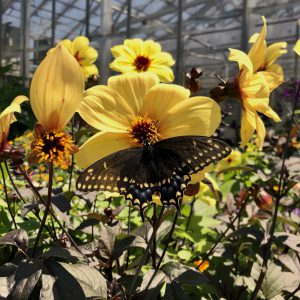Happy National Pollinator Week!
Please join us in celebrating a week full of pollinators of all shapes, colors, and sizes!
First incepted by the US Senate on September 21, 2006, National Pollinator Week was initiated to “recognize the importance of pollinators to our ecosystem health and agriculture.” Really, the importance of pollinators cannot be understated. In fact, nearly 75% of crops that produce fruit or seed grown for human use or consumption depend to some extent on pollinators. These pollination services equate to over $750 billion worldwide. Some of our most cherished crops such as almonds, apples, watermelon— even chocolate and tequila—rely to some extent on animal-mediated pollination services. Not only are pollinators essential in the production of numerous food crops, but nearly 90% of all wild plants depend on insects to survive and reproduce!
While honey bees (Apis mellifera) are generally the first pollinators to come to mind for many folks (and are certainly important pollinators of many crops), honey bees are not actually native to the Americas. However, did you know that here in North America we have over 4,000 species of native bees here in North America? Florida alone is home to over 320 species of native bees, 29 of which are entirely endemic to the state! Be sure to check out the Guide to Florida’s Native Bees to learn more about some of our amazing native bees along with other helpful resources such as Attracting Native Bees to Your Florida Landscape to learn how you can best support these pollinators.
In addition to our incredible native bee species, there are a wide array of different animals that serve as important pollinators for a broad range of plants. Many insects like butterflies, wasps, beetles, and flies forage during daylight hours, feeding on nectar and pollen to fuel their journeys and nourish their young. Other pollinators like bats and moths tend to forage at night and as such, the flowers they feed upon may bloom exclusively from dusk to dawn.
All images taken by the author, Heather Kalaman, FFL and Residential Horticulture agent.
As our urban landscapes become increasingly modified, there is still abundant opportunity to create green spaces that aid in supporting our diverse pollinator populations. Below are some additional resources for more information on how you can begin cultivating pollinator-friendly habitat in your own landscape:
Moving Beyond Flowers: Natural Nesting Habitat For Bees And Other Insects
Florida Bee Garden Tool – Florida-Friendly Landscaping
Butterfly Gardening in Florida
Pesticide Labeling: Protection of Pollinators
In truth, every day of the week is all about pollinators for us here at UF/IFAS Extension Orange County. With our 4-acre Exploration Gardens filled to the brim with nectar and pollen-rich plants for foraging insects, it’s an endless buffet in our very own backyard. The UF/IFAS Extension Orange County Exploration Gardens are open every day of the week, from sunrise to sunset, so please come by and check out some of these amazing pollinators in action.
 9
9
